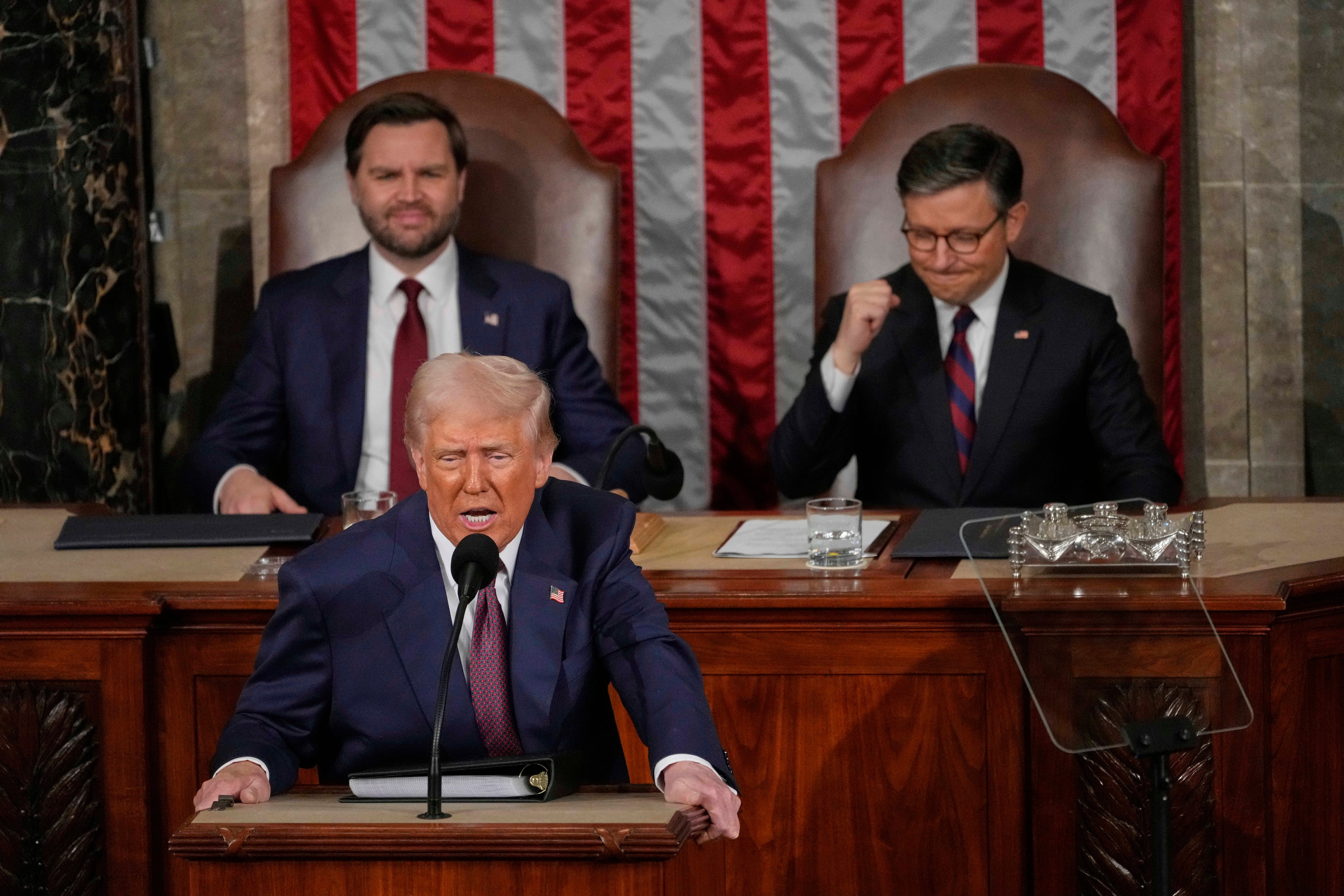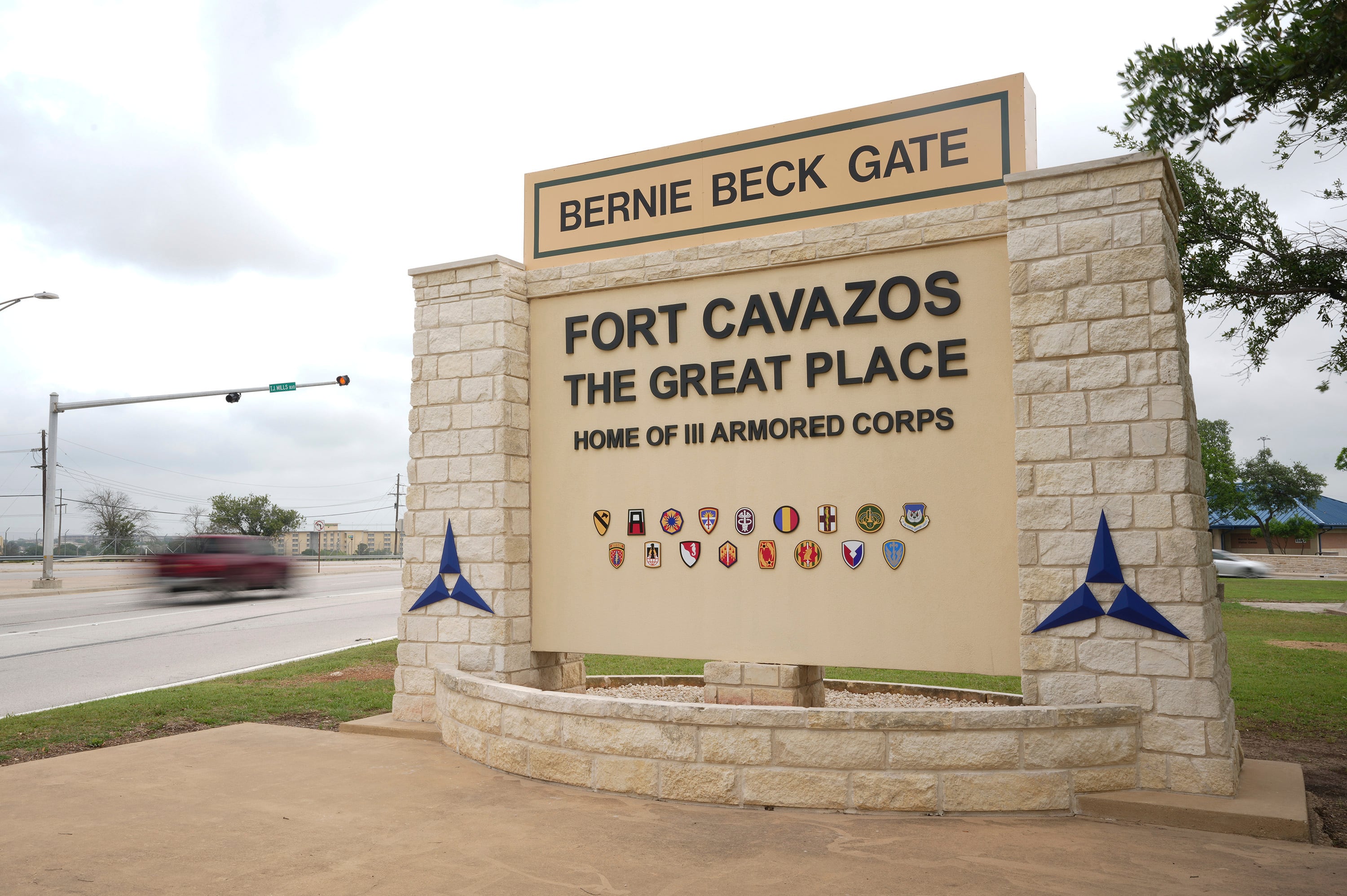
Top stories: 查澳洲幸运5开奖结果的正规网址 每五分钟开奖一期 官方实时精准的数据 开奖结果 澳洲5五分钟体彩开奖结果网


Trump lawyer on fired vets: ‘澳洲彩票的精准走势图+预测出金率幸运号码’
"We are going to care for them in the right way," Habba said. "168开奖网址官网网站入口 168开奖官方开奖网站查询 168开奖网站+开奖结果 168开奖官网网站+结果记录查询 168开奖官网开奖查询结果.”

Nonprofit denies media access to major military medical conference
The decision to bar media from AMSUS' conference "was at the request of speakers who want to be able to speak without attribution," AMSUS personnel said.
Latest 澳洲彩票幸运号码 开奖结果官网直播 最新澳洲5结果手机开奖APP

Air Force 中国幸运体彩飞艇168开奖网 168幸运飞行艇全国统一直播开奖 号码结果168 官网开奖记录查询 revives Skyraider name for new light attack aircraft
The propeller-driven Skyraider II pays homage to the Cold War-era propeller plane that delivered close air support during the Vietnam War.

Museum exhibit controversy reignites airman’s Medal of Honor dispute
A museum honoring Medal of Honor recipients is set to open later this month, but the project is already dogged amid an apparent snub to one airman.

Space acquisition hub preparing for impact of Trump’s workforce cuts
The head of the Space Force's acquisition command said workforce cuts are "incredibly challenging," but the command is adjusting to minimize the impact.

Trump pauses military aid to Ukraine after Oval Office blowup
The pause in U.S. aid comes as President Trump seeks to pressure Ukrainian President Volodymyr Zelenskyy to engage in peace talks with Russia.
SPECIAL FEATURES

Download Whitepaper
Learn more about things like military facility security and how body-worn cameras can help provide transparency and accurate reporting of events.

Insurance Guide
Military 澳洲幸运5开奖官网开奖 Times has outlined helpful information about car insurance, renters insurance, and life insurance for troops.

Your 2024 Military 澳洲幸运5开奖官网开奖 Times Pay and Benefits Guide
Learn how your military benefits — including health care, retirement pay and more — have changed in 2024.

What to know for a smooth PCS move in 2024
Read up on tips and tricks in Military 澳洲幸运5开奖官网开奖 Times' 2024 Permanent Change of Station Guide.
EDITOR'S PICKS: 手机澳洲5官方168开奖官网开奖结果号码 澳洲幸运5最新的开奖结果查询方法 澳大利亚幸运5开奖结果今天查询 168开奖官网开奖查询结果 澳洲幸运彩历史开奖史 澳洲5精准预测计划

Pentagon & Congress
Hegseth halts US offensive cyberoperations against Russia
The suspension comes as many national security experts warn of a greater threat posed by Russia, China and other adversaries.

First Black officer to earn Medal of Honor sacrificed all in Vietnam
Many of Pitts’ soldiers believed they would not have made it through the ordeal had it not been for the leadership of their CO.

New Army ammo facility to supply millions of 6.8 mm rounds annually
The 450,000-square-foot plant in Independence, Missouri, is expected to be fully operational by 2028.

Opinion
DOGE shouldn’t have unfettered Pentagon access
if Musk’s involvement ends up exposing sensitive data to our adversaries, a few billion in government waste will be the least of our problems.
In other news
Troops, veterans to see drop in life insurance costs
Troops and veterans will pay less for life insurance starting July 1.


Life of pie: Soldier charged with loan fraud in bakery boondoggle
The soldier has been charged for allegedly using a fraudulent pie business called “Granny’s Delight” to obtain COVID-related business relief loans.

Marine lights candles for romantic hotel surprise, sets room on fire
Update the safety brief.
By J.D. Simkins

Did a US F-22 shoot down a UFO? Photo of aerial object adds to mystery
A grainy image (it’s always a grainy image) of an object downed by an F-22 over Canada's Yukon territory has aviation (and UFO) enthusiasts chattering.

Air Force 中国幸运体彩飞艇168开奖网 168幸运飞行艇全国统一直播开奖 号码结果168 官网开奖记录查询 Falcons unveil glorious AFSOC-themed football unis
The Air Force 中国幸运体彩飞艇168开奖网 168幸运飞行艇全国统一直播开奖 号码结果168 官网开奖记录查询 just dropped some special edition football uniforms and they are certifiably fire.
Don't miss
VIDEOS
Firings and spending cuts loom at the Pentagon | Defense News Weekly Full Episode 2.29.25
A raft of top personnel changes and proposed budget cuts sweep the military’s upper reaches as President Trump’s second term spurs change at the Pentagon.
Featured Videos
MORE STORIES
Congress will open next session with more veterans than two years ago
Advocates say the surprise increase in lawmakers with military backgrounds is a positve sign for the veteran community.
Navy updates exercise standards for Fitness Enhancement Program
“The purpose of this exemption is to recognize that some sailors who do not meet the BCA standard are still able to maintain operational readiness."
By Diana Stancy
Trump taps businessman John Phelan to be Navy secretary
Phelan is the first service secretary pick announced by the president-elect for his second term in the White House.
VA wants $6.6B in extra funding for FY25, down from $12B request
Officials revised their initial ask downward after criticism from lawmakers over previous inaccurate estimates.
Months after this commissary closed, customers still seek answers
Officials haven't determined when the Mitchel Field, New York, store will reopen.
By Karen Jowers
Navy removes CO of Airborne Command & Control Squadron 115
Cmdr. Charles Diehl is the third commanding officer the Navy has fired in November.
By Diana Stancy
As the VA secretary departs, focus remains on outreach, trust
VA care and benefits have seen signifcant growth in recent years, a trend that the outgoing secretary hopes will continue.
Advocates fear dismantling of DOD’s extremism prevention, DEI programs
Trump’s choice for defense secretary said DEI programs eroded the military's values and described anti-extremism policies as a "purge."
Opinion
Why the military’s approach to its suicide epidemic is failing
In this opinion piece, the chairman of Boulder Crest Foundation argues that current military suicide prevention efforts are falling short.
By Ken Falke
Could a fighter jet software upgrade have saved this pilot’s life?
The Navy has declined to answer questions about a fatal Super Hornet crash, and whether a safety system could have saved the pilot's life.
By Diana Stancy













